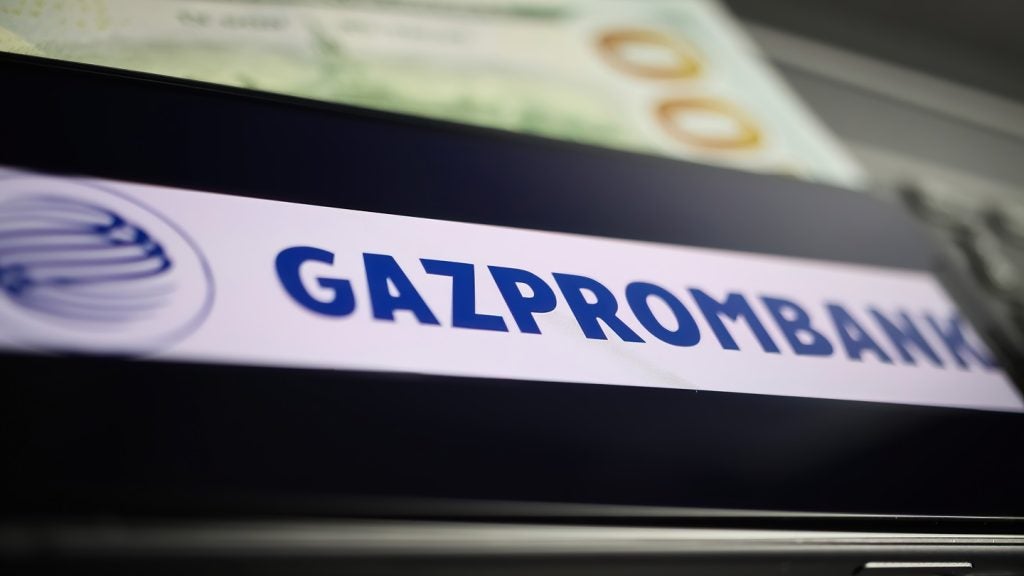been overwhelmingly focused on the big banks. But of the 8,643
banks in the US, 8,324 are community banks, and 92 percent of all
US banks have assets of less than $1 billion. These banks are
feeling angry their voice is not being heard. Charles Davis reports
from the US.
Large US banks continue to reel from the economic crisis, but far
from the headlines, smaller regional banks, community banks and
credit unions report brisk business and solid balance sheets.
Smaller banks and credit unions have long
argued they are the best place for the people of Main Street who
need personal or small business loans. The small players typically
cite their lower rates, lower fees and personal customer service,
and their pitch is especially relevant now amid the global credit
crisis that has shaken many big banks.
Further down the market, at banks like
Evergreen Federal Bank in Grants Pass, Oregon, business is just
fine. CEO Brady Adams said he has more than 2,000 loans outstanding
and only three borrowers behind on payments.
“We do not need a bailout, and if other
banks had run their banks like we ran our bank, they wouldn’t have
needed a bailout, either,” Adams told RBI.
It is worth remembering that of the 8,643
banks in the US, 8,324 are community banks, and that 92 percent of
all US banks have assets of less than $1 billion. Tightly focused
on local lending, with boards comprised of members of the
community, these banks represent the antithesis of the risk-taking
subprime barons dominating the news these days.
Staying solvent
While national banks sought to grow ever
larger by devising ever more exotic theories about how and to whom
to lend money, smaller, state-chartered institutions watched
sceptically from the sidelines. For those banks – and there are
literally thousands of them – staying small and staying home has
meant staying solvent in the middle of the general economic
malaise.
How well do you really know your competitors?
Access the most comprehensive Company Profiles on the market, powered by GlobalData. Save hours of research. Gain competitive edge.

Thank you!
Your download email will arrive shortly
Not ready to buy yet? Download a free sample
We are confident about the unique quality of our Company Profiles. However, we want you to make the most beneficial decision for your business, so we offer a free sample that you can download by submitting the below form
By GlobalDataCommunity banks and credit unions mostly
rely upon their deposits to make loans, rather than the ability to
borrow from other banks. The ability to borrow from other banks –
or lack of it – was the most significant catalyst of the credit
crunch now causing severe problems to the wider US economy.
“Most credit unions have seen tremendous
growth in deposits, partly due to the current financial crisis,”
said American Credit Union Mortgage Association chairman John Reed.
“Credit unions have plenty of liquidity and have for years made
prudent loans at very competitive rates and terms.
“The fact remains that credit unions did
not participate in the subprime lending crisis, and will not
receive any bail out funds from the federal government.”
At least 16 regional banks have said they
will take part in the second round of financing by selling
preferred shares to the Treasury under the Capital Purchase
Programme of the Emergency Economic Stabilisation Act of 2008. The
infusions range from $3.55 billion for Capital One Financial of
McLean, Virginia, to $186 million for First Niagara of Lockport,
New York.
Regions Financial said it would seek to
raise as much as $3.5 billion from the government; KeyCorp said it
would seek $1.1 billion to $3.3 billion; and Zions Bancorp of Utah
said it would consider asking the government to take a stake of
$500 million to $1.5 billion.
Executives at BB&T, PNC Financial and
US Bancorp also said in conference calls that they found the
government’s offer quite attractive.
“I am telegraphing that we are more active
and more interested than we might have been before [to pursue a
deal],” said US Bancorp chief executive Richard Davis.
Relatively strong balance
sheets
Almost all the banks that will receive the
cash have relatively strong balance sheets and are not in dire need
of capital, which led analysts to wonder whether the banks would
use the money to lend to prospective borrowers, or use it to make
acquisitions. Market rumours persist US Bank is keen to make a
major acquisition.
Palmer Hamilton, a lawyer at Jones Walker
and a former regulator who served as deputy assistant comptroller
of the currency, said banks should avail themselves of the bailout
if at all possible.
“This is a great opportunity for banks to
access capital at a good rate,” Hamilton said. “With a deadline
looming, however, they need to act fast. The application process,
while not complex, requires some due diligence and finesse and not
all applications will be approved. The rules hurt S Corporation
banks, but we are working with Congress, Treasury and the White
House as well as banking associations to provide them some
relief.”
Hamilton was referring to the fact that
privately held community banks cannot issue preferred stock and
thus are not included in the bailout, and other smaller banks that
are organised under a tax designation called Subchapter S cannot
create a second class of stock.
Peace offering
For the past several weeks, Treasury
officials have been working with the American Bankers Association
and the Independent Community Bankers Association to fix the
glitch. Even if relatively few smaller banks end up taking the
deal, the move to include them could serve as a peace offering to
the politically powerful community-banking industry, which has been
outspoken in its criticism of Treasury’s execution of TARP.
Not all community banks will weather the
economic storm. Though the vast majority were not directly affected
by the subprime meltdown, the small players have felt an impact
from the economic downturn. From January to June, seven of the 10
largest community banks boosted their reserves – in some cases at
double- or triple-digit rates – to cover potential loan losses,
according to the Federal Deposit Insurance Corporation. More than
half of the largest credit unions also increased their loan-loss
reserves.
Community bankers also have good reason to
worry that bulked-up regional banks might make moves to acquire
them that they won’t be able to fend off. The palpable anger from
smaller banks and credit unions is understandable, yet even the
smallest institutions grudgingly admit that while the big banks
will be far and away the biggest beneficiaries of the bailout, if
it succeeds in recreating an active credit market so those
institutions not participating can once again sell and buy mortgage
assets, everyone wins.







